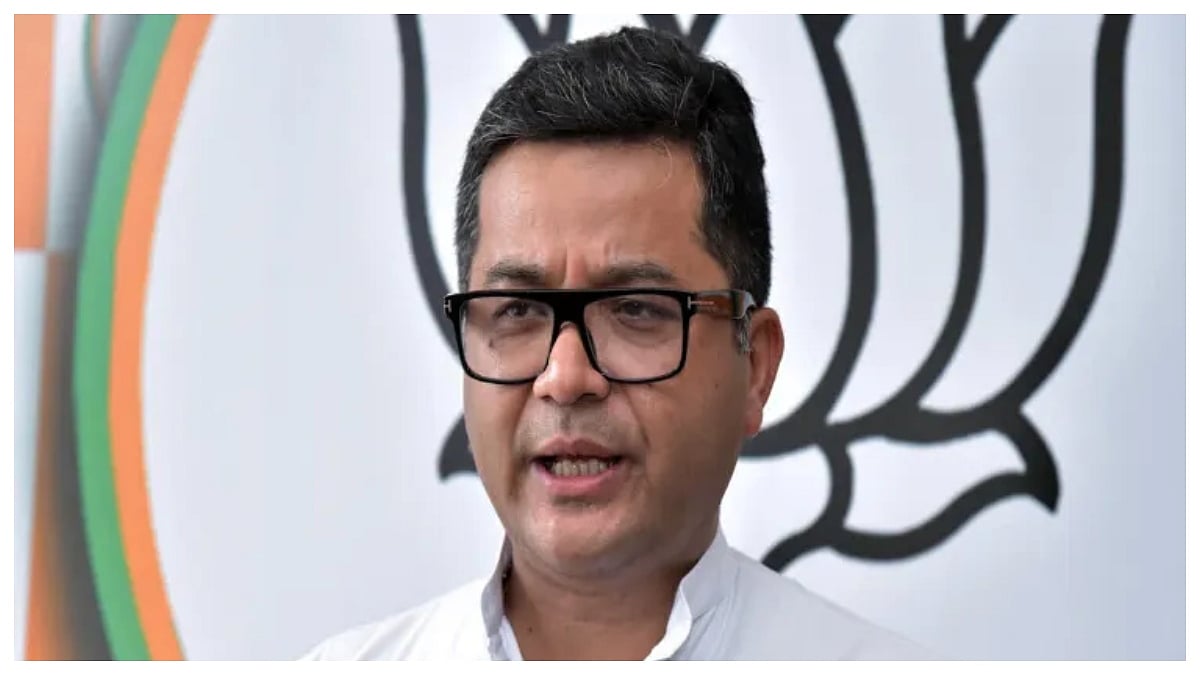The capital market regulator and watchdog, the Securities and Exchange Board of India (SEBI), has taken some major steps to regulate the futures and options (F&O) market, especially focusing on retail investor participation and the overall liquidity of derivative stocks, on Thursday, June 27.
SEBI chief Madhabi Puri Buch in a media briefing made these announcements that to ensure a more stable and secure market environment a committee has been formed to observe three key aspects which include the market development, investor protection, and risk parameters.
SEBI’s New Criteria for F&O Trading
SEBI has introduced revised criteria for the inclusion and exclusion of stocks in the F&O segment which includes a new quantitative parameters. These are as follows
1. Median-Quarter Sigma Order Size - Increased from Rs 2.5 million to Rs 7.5 million.
2. Market-Wide Position Limit - Raised from Rs 5 billion to RS 15 billion .
3. Average Daily Delivery Value - Increased from Rs 100 million to Rs 350 million.
These changes are part of an effort to make sure that the liquidity and stability of the stocks being traded.
What are the impacts on the F&O segment?
1. There will be increase in Stocks which means the number of stocks in the F&O segment is expected to rise by 5-6, from the current 182.
2. Exit Criteria for Illiquid Stocks, that is, the stocks with thin trading volumes over six months will be removed from the F&O list to prevent market manipulation.

In recent years, there has been a significant surge in retail investor participation in F&O trading. | Representative Image
Retail Investor participation
In recent years, there has been a significant surge in retail investor participation in F&O trading.
Individual investor share in F&O turnover increased from 2 per cent in 2017-18 to 41 per cent in 2023-24.
The market regulator aims to protect these investors from potential risks associated with high borrowing and speculative trading in the derivatives market.
Addressing Household Savings going in Speculative trading
Addressing household savings in speculative activities rather than productive economic activities, Buch said, "There is a large amount of Money which is therefore now going in from households savings into what is not essentially productive economic activity. This is speculative activity and this is not going into any capital formation of any kind in the economy. So what is it that we as a country is also be thinking about at a larger policy level is that third area one must think about especially as the proportion have grown."









